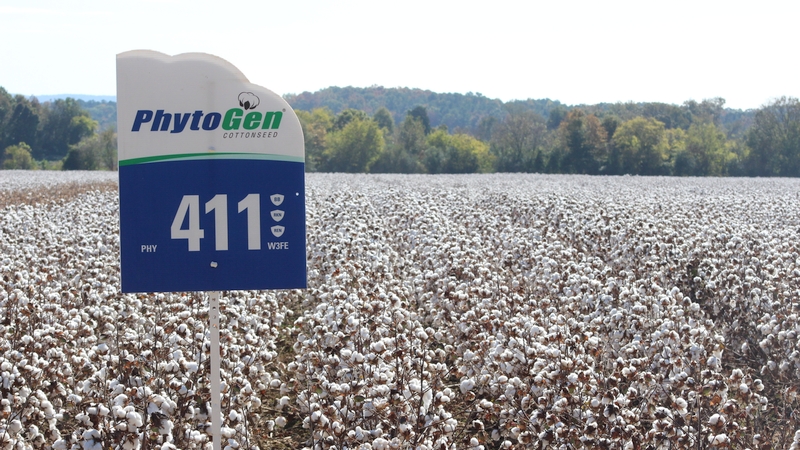Breaking Up the EPA Logjam
Throughout the 2022 growing season, questions emerged about the future of some of cotton’s most reliable and valuable inputs. As part of EPA’s evaluation and re-registration schedule, traditional cotton weed control standards, including Cotoran and diuron, were under the spotlight, with varying rumors about their fate going forward.
That’s not even taking into consideration the ongoing challenges to the new dicamba and 2,4-D formulations and to organophosphates and other insecticide products.
As the calendar turns to 2023, there are still no solid answers on these and other registrations.
Speaking during a recent Cotton Companion podcast episode, Dr. Don Parker, Vice President, Technical Services for the National Cotton Council, says it comes down to a conflict of sorts between the EPA and the Endangered Species Act (ESA). Both operate under Federal statutes with specific responsibilities but different timelines. And that’s where the evaluation process gums up.
“The challenges are intensified,” he says. “EPA is doing a lot of things to try and address the conflict. EPA operates to evaluate and register pesticides based on protection standards for human and environmental protection. ESA protects threatened and endangered species, but it also has a clause in its mandate that says any Federal agency taking an action that may affect a threatened or endangered species or its habitat must do a consultation with ESA.
“EPA is mandated by the Federal Insecticide, Fungicide, and Rodenticide Act (FIFRA) to use studies and data to help determine a timeline to complete an evaluation and registration of a product,” he explains. “ESA gives some flexibility to the services where it says to use the best data. But that data may not be available in their eyes for an endangered species, so it also authorizes them to develop a biological opinion. They’re not on a timeline and don’t have to do this by a certain date.”
Suddenly, you have EPA’s process that determines whether or not it can register a product, but they then have to get agreement with ESA’s biological opinion, which may take several years to develop. That creates a legal conflict with FIFRA.
Of the pesticide products needing ESA input, Parker notes that only about 5% of those products have been able to complete the consultation. That’s resulted in multiple lawsuits and a backlog of court mandates for EPA to have something complete by a certain date.
“The process is so broken that they’re not able to get things done by the court’s mandate,” he says. “It has created a major jeopardy for the whole system.”
Currently, there appear to be no decisions pending about removing products from the market. However, Parker points out that there are likely some adjustments and new mitigations on interim decisions that growers will now need to understand and comply with in order to use a product.
“Back in April, EPA developed what they called their ESA work plan to come up with ways to comply with the statutes, address the challenges, and do what’s legally obligated,” he says. “As part of that plan, EPA implemented a new process including a website called Bulletins Live! Two, which is considered an extension of the label. Now, when growers look at a label, the ESA section of the label will direct growers to the website to see if there are specific labels for their location.
“This is a critical thing that our growers and applicators need to know and understand as we begin a new growing season.”








